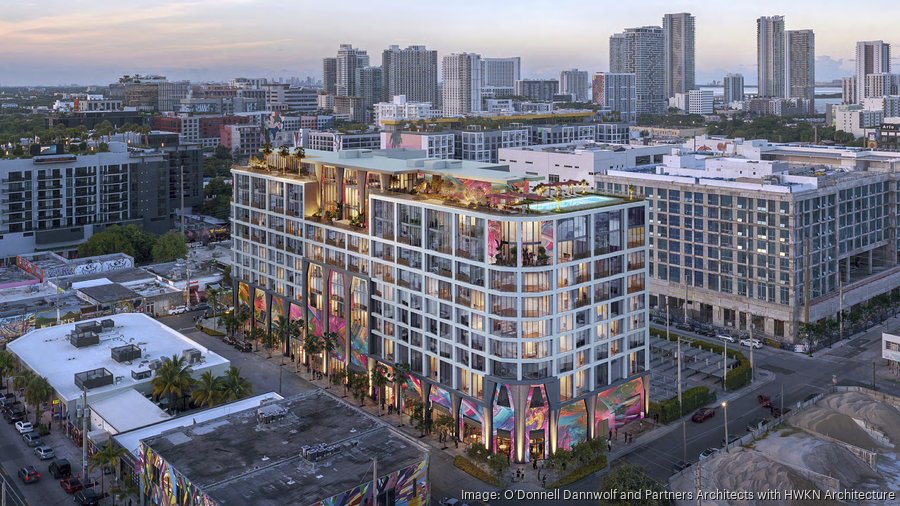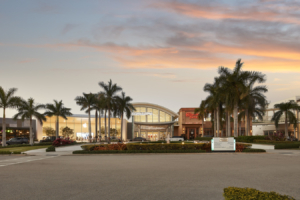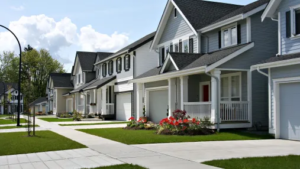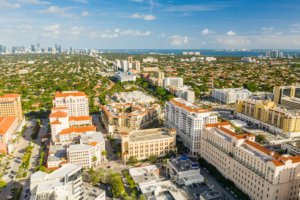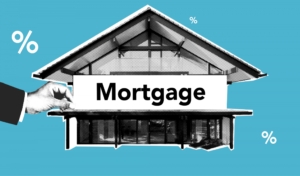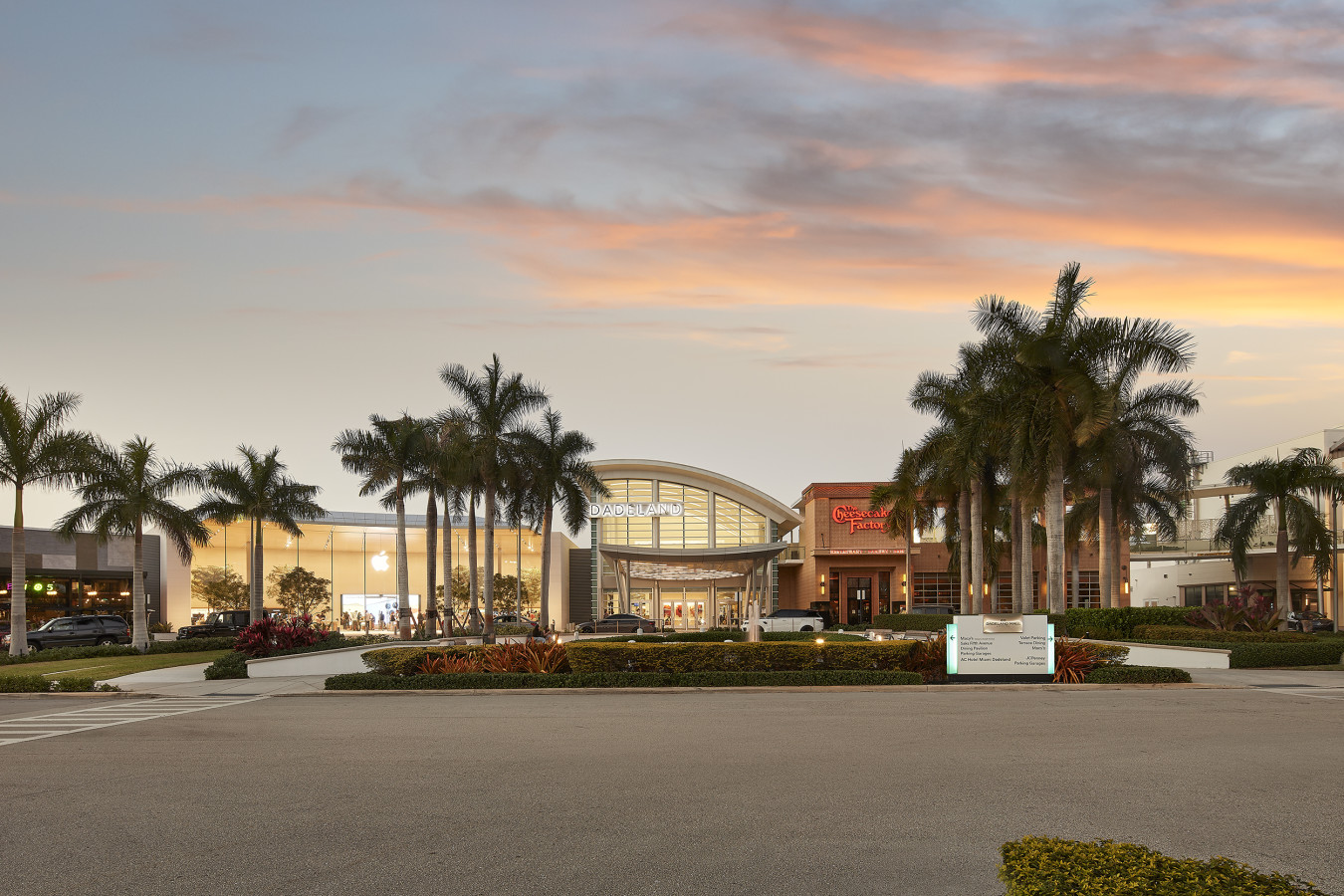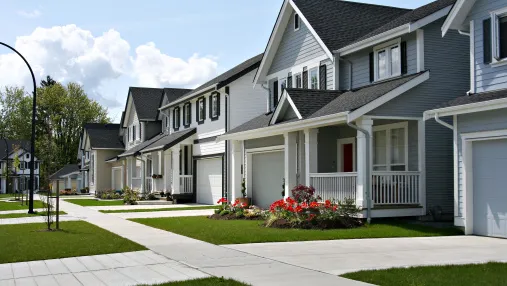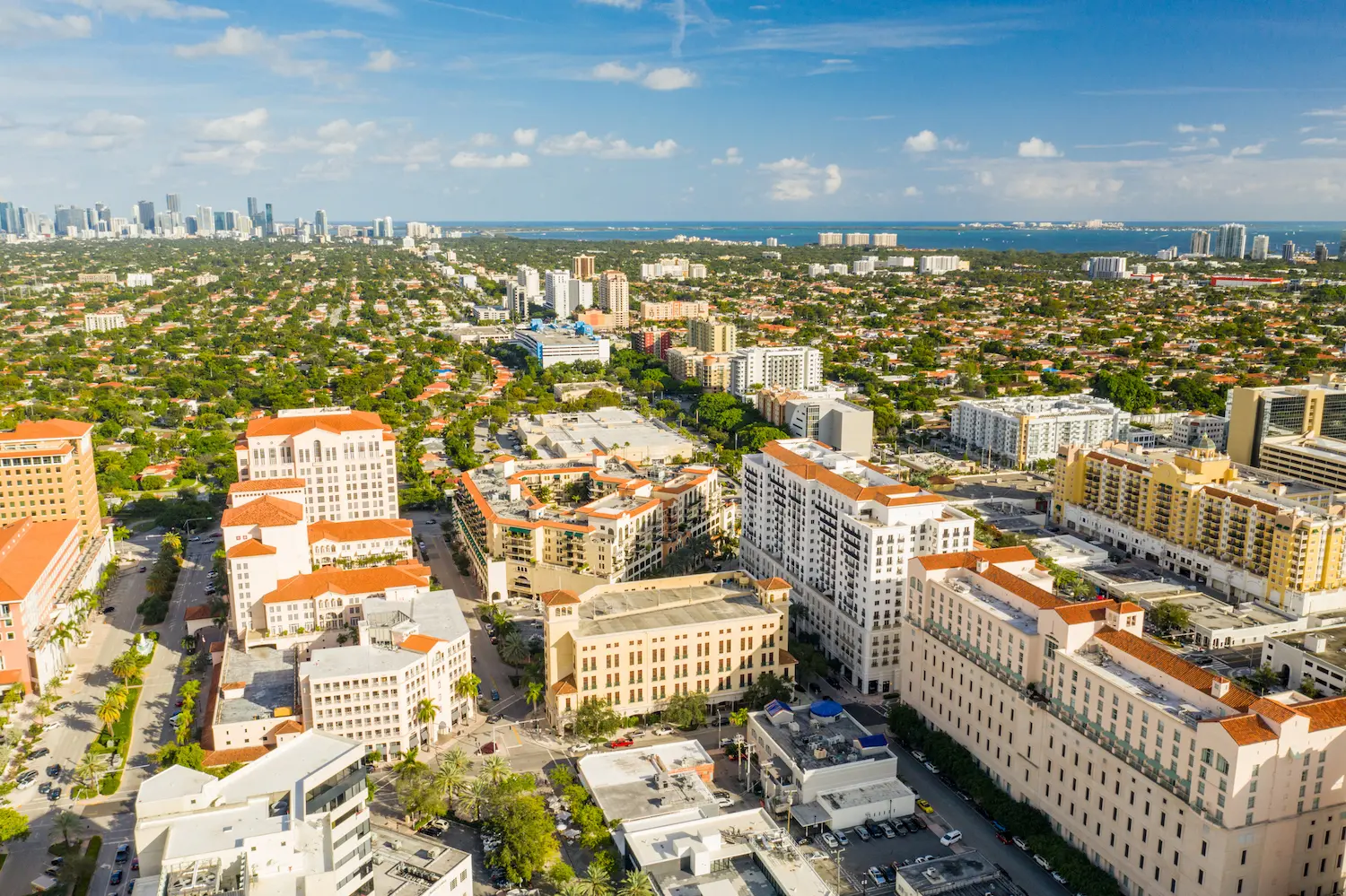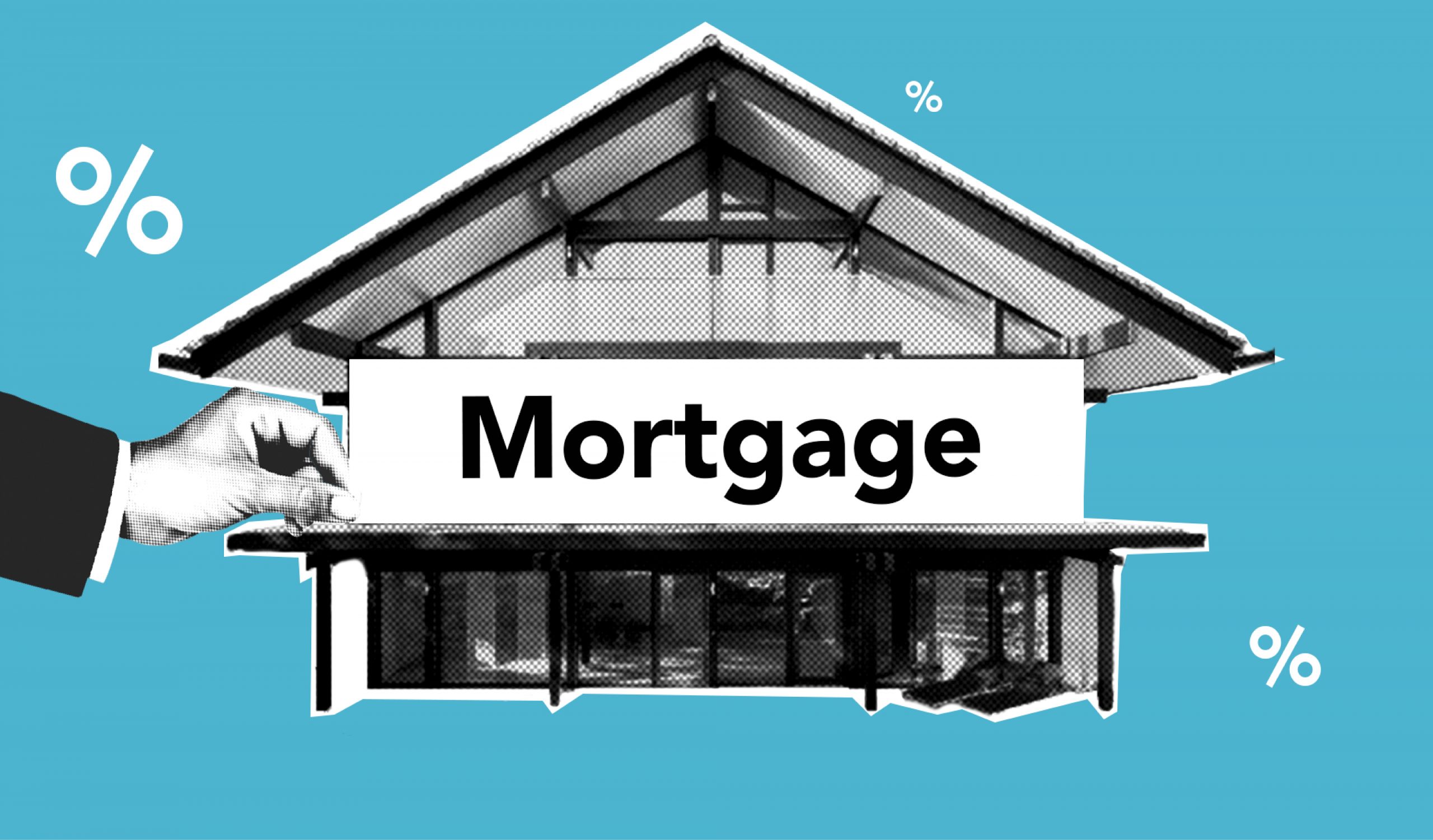LivWrk's Revolutionary 1,363-Unit Wynwood Project: The Live Local Act's Biggest Game-Changer Yet
Miami's Wynwood district stands at the precipice of a monumental transformation as Brooklyn-based developer LivWrk unveils plans for a colossal 1,363-unit residential complex that could redefine the neighborhood's skyline forever. This ambitious Live Local Act project represents more than just another development—it's a testament to how Florida's groundbreaking affordable housing legislation is reshaping urban landscapes across South Florida.
The proposed development, featuring three towering 45-story structures, marks a dramatic departure from Wynwood's traditionally low-rise character while addressing the region's critical housing shortage. With recent legislative updates to the Live Local Act in May 2025 providing enhanced enforcement mechanisms and clearer guidelines, this project arrives at a pivotal moment for Miami's housing market.
The Architectural Marvel: Three Towers Rising Above Wynwood
LivWrk's vision for the northwest corner of North Miami Avenue and Northwest 24th Street is nothing short of spectacular. The development encompasses a strategic five-lot assemblage spanning addresses 2400, 2412, and 2418 North Miami Avenue, along with 29 Northwest 24th Street and 48 Northwest 25th Street. This 1.8 million square foot mega-project represents a $32.4 million investment in Miami's future, based on LivWrk's property acquisitions totaling $18.5 million for the North Miami Avenue lots and $13.9 million for the Northwest 25th Street parcel in 2021.
The architectural scope includes 23,200 square feet of retail space and 912 parking spaces, creating a mixed-use environment that promises to energize the surrounding community. Each tower will soar 45 stories into the Miami skyline, dramatically altering the neighborhood's visual landscape while providing desperately needed housing options.
Under the leadership of Asher Abehsera, LivWrk brings substantial experience to this undertaking, with a portfolio encompassing 6 million square feet and 2,500 residential units nationwide. This background positions the firm uniquely to tackle the complexities of such an ambitious project while navigating Miami's evolving regulatory environment.
Live Local Act: The Legislative Engine Driving Development
The Live Local Act has emerged as a powerful catalyst for large-scale residential development across Florida, offering developers unprecedented incentives in exchange for affordable housing commitments. This legislation permits projects to bypass traditional zoning restrictions while providing height and density bonuses alongside property tax breaks.
For LivWrk's Wynwood project, 547 of the 1,363 units—representing 40 percent of the total—will be designated for households earning up to 120 percent of the area median income. This affordable housing component must remain in place for a minimum of 30 years, ensuring long-term community benefit.
The law's impact has been transformative, inspiring massive proposals across South Florida, including projects exceeding 3,000 units. However, developers are questioning whether the Live Local Act can actually help residents "live local", raising important discussions about housing accessibility and community integration.
The timing of this proposal is particularly significant given recent legislative updates providing critical clarifications and enhanced enforcement mechanisms. These refinements address earlier concerns about inconsistent zoning interpretations and strengthen the law's effectiveness in producing affordable housing projects.
Wynwood's Dramatic Evolution: From Warehouse District to High-Rise Hub
Wynwood's transformation from an industrial warehouse district to a vibrant arts destination represents one of Miami's most successful urban revitalization stories. The neighborhood's evolution began over a decade ago, establishing it as a cultural hub that attracted artists, galleries, and creative businesses from around the world.
The area's development regulations underwent comprehensive revision in 2015, when architects and urban planners established height restrictions designed to preserve the neighborhood's character. These guidelines capped most buildings at eight stories, with allowances for 10 stories from Northwest Fifth Avenue west to I-95, and 12 stories along commercial corridors including North Miami Avenue and Northwest/Northeast 29th Street.
The Live Local Act has fundamentally altered this landscape, enabling developers to propose projects that would have been impossible under previous zoning restrictions. Recent completions like Wynwood Works, a 12-story, 120-unit fully affordable development, demonstrate the neighborhood's growing commitment to diverse housing options.
This regulatory shift has unleashed a wave of ambitious proposals throughout Wynwood. Bazbas Development is pursuing a 48-story tower containing 544 apartments at multiple North Miami Avenue addresses. Meanwhile, Hidrock Properties and Robert Finvarb have proposed a 39-story structure with 336 apartments at 2534 North Miami Avenue.
The Approval Process: Navigating Miami's Development Review
LivWrk's proposal faces scrutiny from the Miami Wynwood Design Review Committee, which serves as an advisory body to the city's planning and zoning administrative staff. While the committee lacks final decision-making authority, its recommendations carry significant weight in the approval process. Projects that fail to gain committee support may face delays or require substantial modifications before advancing.
The review process represents a critical juncture for the development, as committee members evaluate the project's compatibility with neighborhood character, infrastructure capacity, and community needs. Given the project's unprecedented scale for Wynwood, thorough examination of traffic impacts, utility requirements, and public services is essential.
The approval timeline will likely extend several months as city officials assess the proposal's various components. Public input sessions may provide opportunities for community members to voice concerns or support, influencing the final decision.
Market Context: Miami's Housing Crisis and Development Boom
Miami's housing market continues grappling with affordability challenges that have reached crisis proportions for many residents. Recent Federal Reserve rate cuts and mortgage rate reductions to 6% as of September 2024 could stimulate additional buying activity, with predictions suggesting rates might decline to 5% by the end of 2025.
However, these market conditions primarily benefit buyers with substantial financial resources, leaving many working families struggling to find affordable housing options. The Live Local Act addresses this gap by incentivizing developers to include workforce housing in their projects, creating opportunities for teachers, firefighters, nurses, and other essential workers to live within reasonable distances of their employment.
The law has sparked a development frenzy, with recent proposals including a 163-unit project near West Little River, a 234-unit tower by former MLB player Alex Guerrero in Wynwood Norte, an 842-unit project by Related Group at Jackson Memorial Hospital, and a 166-unit development in Little Havana.
Insights: Understanding the Live Local Act Impact
What makes the Live Local Act so attractive to developers?
The legislation offers a triple incentive package: height and density bonuses that allow much larger projects than traditional zoning permits, property tax breaks that improve long-term profitability, and streamlined approval processes that reduce development timelines and costs.
How does the 40% affordable housing requirement work in practice?
Developers must designate 40% of units for households earning up to 120% of area median income, which in Miami-Dade County translates to approximately $86,400 for a family of four. These units must remain affordable for at least 30 years, with ongoing monitoring to ensure compliance.
Will these massive developments overwhelm existing infrastructure?
This represents one of the most significant challenges facing Live Local Act projects. Developers typically must contribute to infrastructure improvements, but the scale of some proposals raises questions about traffic, parking, schools, and public services capacity in affected neighborhoods.
What happens to the character of neighborhoods like Wynwood?
The transition from low-rise arts district to high-rise residential hub represents a fundamental shift. While this brings needed housing and economic activity, it also changes the neighborhood's scale, density, and cultural character in ways that may not be reversible.
Are these developments actually creating affordable housing?
The 120% AMI threshold means that many working families still cannot afford these "affordable" units. However, the projects do add to overall housing supply, which can help moderate price increases throughout the market.
How do Miami residents feel about these changes?
Community reactions are mixed, with some single-family homeowners expressing concerns about the scale and impact of proposed developments. Others welcome increased housing options and economic investment in their neighborhoods.
The LivWrk Wynwood project represents a defining moment for Miami's approach to urban development and affordable housing. As the city continues balancing growth with livability, projects like this will test whether the Live Local Act can deliver on its promise of creating vibrant, inclusive communities while preserving what makes neighborhoods like Wynwood special. The coming months will reveal whether this ambitious vision can successfully navigate the approval process and begin construction, potentially setting precedents for future developments throughout South Florida.

